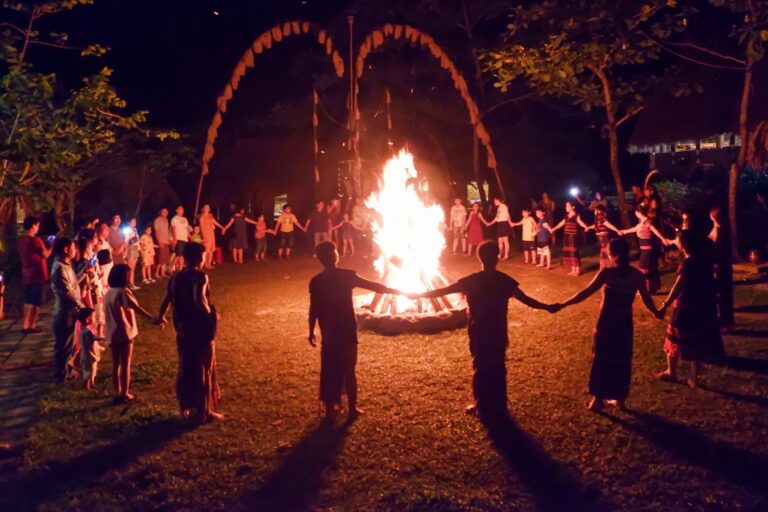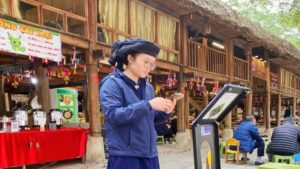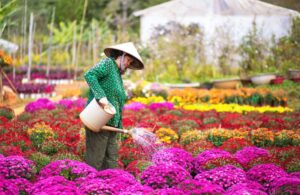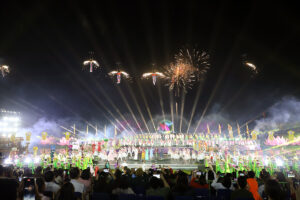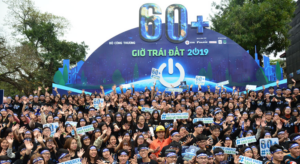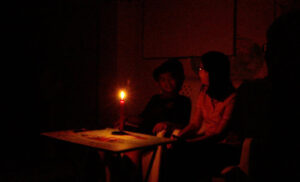The Vietnamese capital city of Ha Noi has focused on exploiting heritage and cultural tourism forms in the past and will now combine these strengths with the organisation of international events in the future.
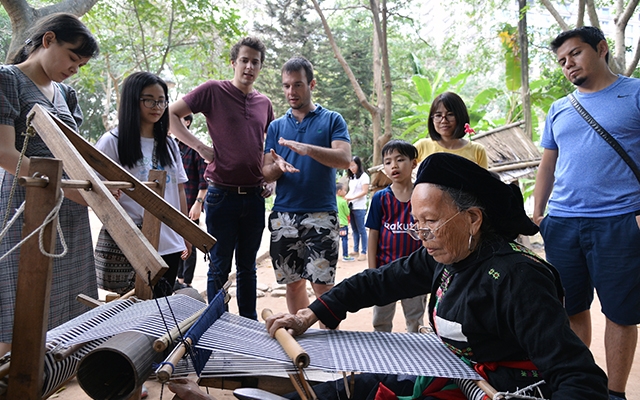
Taking advantage of new opportunities
The construction of the Formula One (F1) Ha Noi Grand Prix racetrack officially began on March 20 in Nam Tu Liem district to serve the F1 race in April, 2020. Chairman of Hanoi municipal People’s Committee said, “The event’s attraction will contribute to promoting the image of the land and people of Vietnam, particularly Hanoi – the City for Peace, to the world, which will create a premise for investment, tourists and new technology transfer”.
The building of the F1 racetrack took place just a few days after the successful hosting of the second DPRK – USA Summit that attracted worldwide attention with thousands of reporters from hundreds of press agencies.
On the rare occasion, Ha Noi was able to introduce its cultural splendor and tourism potential through conducting the embellishment of streets, as well as inviting reporters to enjoy specialties, supporting them in transport and presenting them with several free tours. During the Summit, the image of a capital city of peace, friendly people and cultural richness was promoted to international friends. In addition, many press agencies visited famous destinations, including Hoan Kiem Lake, Van Mieu – Quoc Tu Giam (Temple of Literature) and Hoa Lo prison, to make documentary films on the culture and people of Ha Noi. According to tourism experts, the second DPRK – USA Summit has contributed to creating a ‘wave’ of visitors to Viet Nam.
These two important events show that Ha Noi has made strong changes in the thinking of tourism and is able to host international events. The F1 race is expected to attract a large number of tourists to Ha Noi as it is the most attractive speed sport. The race will feature the participation of around ten racing teams with around 200 service personnel each. In addition, numerous foreign reporters and fans will be present on the occasion. Around 40% of viewers of the 2018 tournament in Singapore were foreigners and most of them spent highly. From that effect, Ha Noi has set a target of welcoming nearly 32 million visitors, including 8.22 internationals in 2020.
Best preparation
Ha Noi now has 3,5000 tourist accommodation establishments with nearly 61,000 rooms, including 67 three to five stars hotels (consisting of 10,000 rooms) and seven luxury tourist apartments (1,350 rooms).
In order to meet the demand of the increasingly visitors, the City will complete 31 hotels and housing areas with luxury apartments for rent during the 2019-2020 period, such as the hotel – office complex in No.1 Ba Trieu Street, My Dinh Pearl hotel and the hotel – apartment for rent complex in No.51 Xuan Dieu Street. Accordingly, around 7,000 rooms will be put into operation. Furthermore, many other accommodation services, including homestays and people’s apartments for rent, will be development.
Regarding the plans for building more new tourism products and upgrading existing ones, the City has implemented international-level projects, including the National Exhibition Centre and Kim Quy park in Dong Anh district, and Hello Kitty park in Tay Ho district.
Moreover, since 2016, the municipal Tourism Department has worked with most districts to define key tourism products for each. Director of Ha Noi Tourism Department Tran Duc Hai said that thanks to the coordination, many districts have launched a number of new tourism products as well as developing several existing projects. For example, Tay Ho district is effectively exploiting the space of street art and cuisine (in Trinh Cong Son pedestrian street) and continuing to develop the communal house – pagoda complex in Vong Thi street and do paper trade village. Meanwhile, Thuong Tin district will boost tourism activities in Ha Thai lacquer village and Hong Van ornamental creature village.
Ha Noi has also paid much attention to the development of trade villages in association with tourist activities in Bat Trang pottery village (Gia Lam district) and Van Phuc silk village in Ha Dong district.
With synchronous investment in infrastructure, signpost systems, introduction centres, experience activities for visitors and fostering knowledge for locals, the trade villages are expected to attract more visitors.
In recent times, Ha Noi has developed hi-tech applications, including Ha Noi Tourism Portal (https://sodulich.hanoi.gov.vn) and apps guiding tourists to Thang Long Imperial Citadel and the Old Quarter. Notably, at the food area for reporters to the second DPRK – USA Summit, the organising board provided leaflets with QR codes, introducing the origin and special features of each food. With a smartphone to scan the QR code, information about the materials, processing techniques, origin and way to enjoy food will appear both in Vietnamese and English. The information was connected with others.
The Tourism Department has also coordinated with the municipal Department of Information and Communication to develop a smart tourism project, highlighting the investment for digitalisation as well as technological infrastructure.
However, the majority of travel businesses in Ha Noi operate on a small scale, while tourism products are not attractive. The construction of several hotels and tourist areas is slow. According to Chairman of Ha Noi Tourism Association Nguyen Manh Than, Ha Noi has more than 1,200 travel businesses but they are small sized. This can somewhat be remedied through the connection among them to meet the visitors’ demand.
He also noted that many tourist areas have great potential to develop, but they did not hire consultants and designers. On the other hand, the awareness of developing tourism among people has not been high.
Politburo member and Secretary of Ha Noi municipal Party Committee Hoang Trung Hai has asked for coordination among the agencies concerned to review and settle obstacles in the investment for urban and tourism infrastructure, as well as more efforts from localities to find more new tourism products. He also required the whole political system to enhance the communication of codes of conduct, particularly in public areas, to build a safe and friendly environment, making tourism an international economic sector of the capital city.



